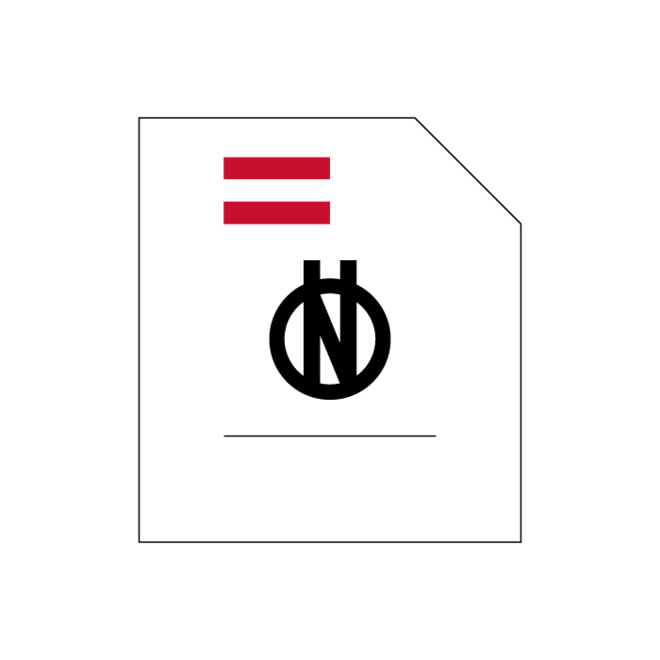Please select and order
€98.22
excl. VAT
CONFIGURE NOW


Norm
ÖNORM EN ISO 7393-2
Issue date: 2019 03 15
Water quality - Determination of free chlorine and total chlorine - Part 2: Colorimetric method using N,N-dialkyl-1,4-phenylenediamine, for routine control purposes (ISO 7393-2:2017)
This document specifies a method for the determination of free chlorine and total chlorine in water, readily applicable to lab- and field-testing. It is based on measurem...
Read more
Valid
Publisher:
Austrian Standards International
Format:
Digital | 26 Pages
Language:
German
| English
| Download GER/ENG
Optionally co-design standards:
ICS
This document specifies a method for the determination of free chlorine and total chlorine in water, readily applicable to lab- and field-testing. It is based on measurement of the absorption, the red DPD colour complex in a photometer or the colour intensity by visual comparison of the colour with a scale of standards that is regularly calibrated.
This method is appropriate for drinking water and other waters, where additional halogens like bromine, iodine and other oxidizing agents are present in almost negligible amounts. Seawater and waters containing bromides and iodides comprise a group for which special procedures are to be carried out.
This method is in practice applicable to concentrations, in terms of chlorine (Cl2), from, for example, 0,000 4 mmol/l to 0,07 mmol/l (e.g. 0,03 mg/l to 5 mg/l) total chlorine. For higher concentrations, the test portion is diluted.
Commonly, the method is applied as a field method with mobile photometers and commercially available ready-for-use reagents (liquid reagents, powders and tablets). It is essential that those reagents comply with minimum requirements and contain the essential reagents and a buffer system suitable to adjust the measurement solution to a pH range of typically 6,2 to 6,5. If there is doubt that water samples have uncommon pH values and/or buffer capacities, the user has to check and, if necessary, to adjust the sample pH to the required range. The pH of the sample is within the range of pH 4 and 8. Adjust, if necessary, with sodium hydroxide solution or sulfuric acid before the test.
A procedure for the differentiation of combined chlorine of the monochloramine type, combined chlorine of the dichloramine type and combined chlorine in the form of nitrogen trichloride is presented in Annex A. In Annex C, a procedure is presented for the determination of free and total chlorine in drinking and other low polluted waters, for disposable planar reagent-filled cuvettes using a mesofluidic channel pump/colorimeter.
ÖNORM EN ISO 7393-2
2019 03 15
Water quality - Determination of free chlorine and total chlorine - Part 2: Colorimetric method usin...
Norm
↖
ÖNORM EN ISO 7393-2
2000 06 01
Water quality - Determination of free chlorine and total chlorine - Part 2: Colorimetric method usin...
Norm
ÖNORM M 6256
1985 11 01
Water analysis; determination of free chlorine and total chlorine; colorimetric method using N,N-die...
Norm
Norm
ISO 7393-2:2017
Issue date :
2017 12 13
Water quality — Determination of free chlorine and total chlorine — Part 2: Colorimetric method using N,N-dialkyl-1,4-phenylenediamine, for routine control purposes
Norm
ISO 3696:1987
Issue date :
1987 04 09
Water for analytical laboratory use — Specification and test methods
Norm
ISO 5667-3:2018
Issue date :
2018 05 11
Water quality — Sampling — Part 3: Preservation and handling of water samples
Norm
ISO 8466-1:1990
Issue date :
1990 03 01
Water quality — Calibration and evaluation of analytical methods and estimation of performance characteristics — Part 1: Statistical evaluation of the linear calibration function
